All products featured are independently chosen by us. However, SoundGuys may receive a commission on orders placed through its retail links. See our ethics statement.
Are your headphones or earbuds a health risk?
November 28, 2024
Most of us wear headphones or earbuds every day. You may even have a favorite set of headphones that you’ve been wearing for years without ever cleaning or replacing the ear pads. This would put any germaphobe on red alert, but when it comes to headphone safety, microbes aren’t the only thing you need to worry about.
Headphones and earbuds can have a significant impact on your wellbeing, both good and bad. We’ve compiled all the health risks you should be aware of when purchasing new headphones or wearing them daily.
Editor’s note: this article was updated on November 28, 2024, to note newer earbud designs keeping charging contacts away from users.
Can headphones or earbuds generally cause ear infections?

While headphones and earbuds can cause infections, it’s a rather rare occurrence.
We’ve seen reports of an uptick in ear infections caused by earbuds for a few years now. Not many studies assess whether headphones or earbuds can cause ear infections. The few that do, like this study from 2002, can’t establish a link between ear infections and headphone use, but they also don’t examine earbuds. However, studies show hearing aids change the ear canal flora and increase the risk of infections.
Ear infections are a combination of trauma in the ear canal and common bacteria that penetrate the damaged tissue. At first, the ears are itchy and sore. As the infection progresses, the ear can swell up and become painful. These infections are also known as swimmer’s ear because the bacteria that trigger it are commonly found in lakes, hot tubs, and pools; the medical term is otitis externa.
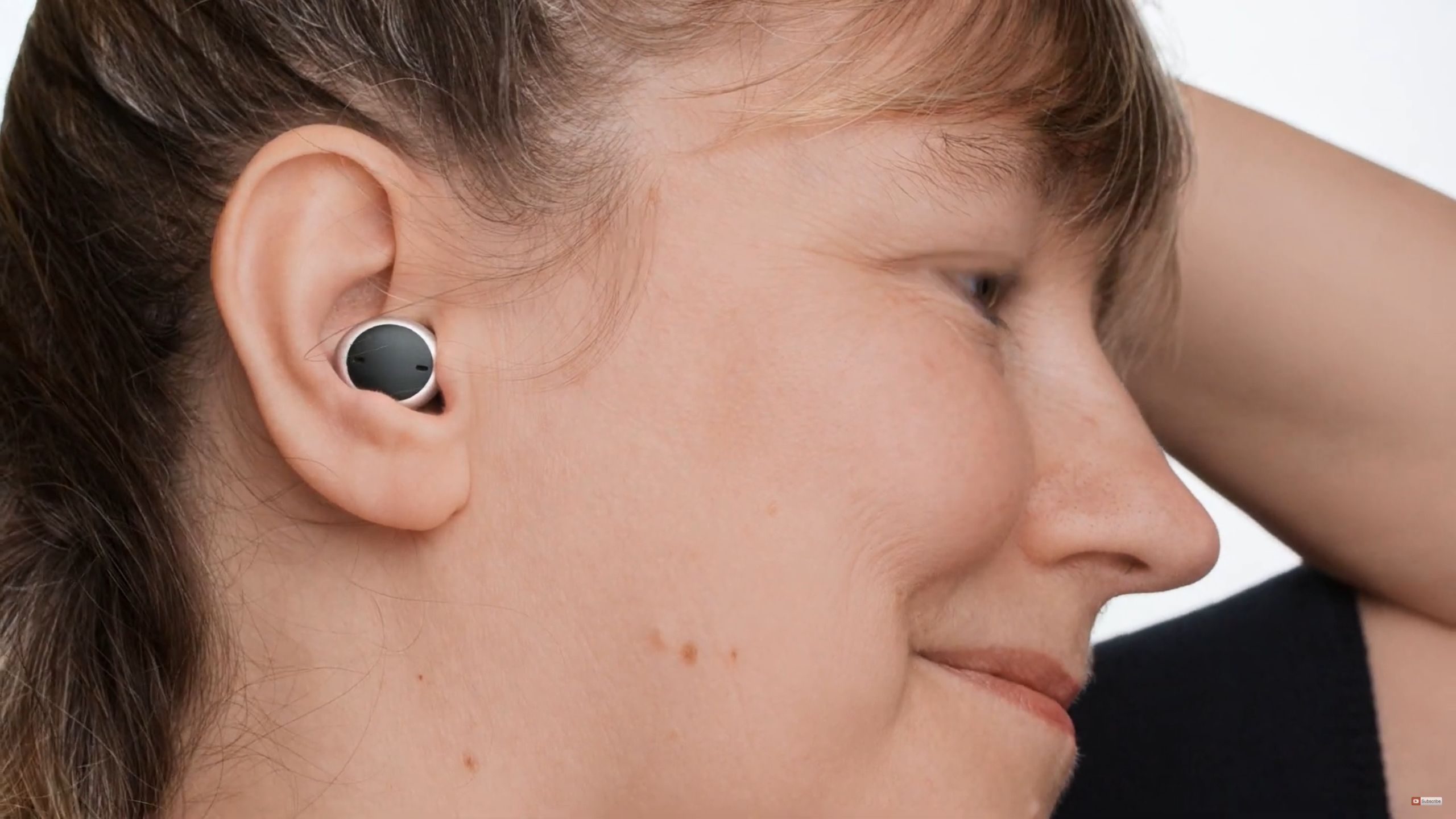
Earbuds are similar to hearing aids in that they seal up the ear canal, trap moisture and earwax, and thereby encourage the growth of fungi and bacteria captured in an environment conducive to their proliferation. It’s quite likely that frequent earbud use also increases your risk of ear infections, and probably more than on- or over-ear headphone use. But the risk remains low, unless a scratch or a reaction to a material found in the earbuds provides a way for the microbes to infect your ear.
Here’s what you can do to prevent ear infections from headphone use:
- Avoid skin contact with materials you’re allergic to.
- Clean new headphones or earbuds before you use them for the first time.
- Regularly clean all your headgear; at least once a week and after each sweat-inducing chore or workout.
- Avoid sharing earbuds, and clean headphones before and after you share them.
- Limit your use of headphones and earbuds to a couple of hours per day.
Are some earbuds more likely to cause ear infections than others?
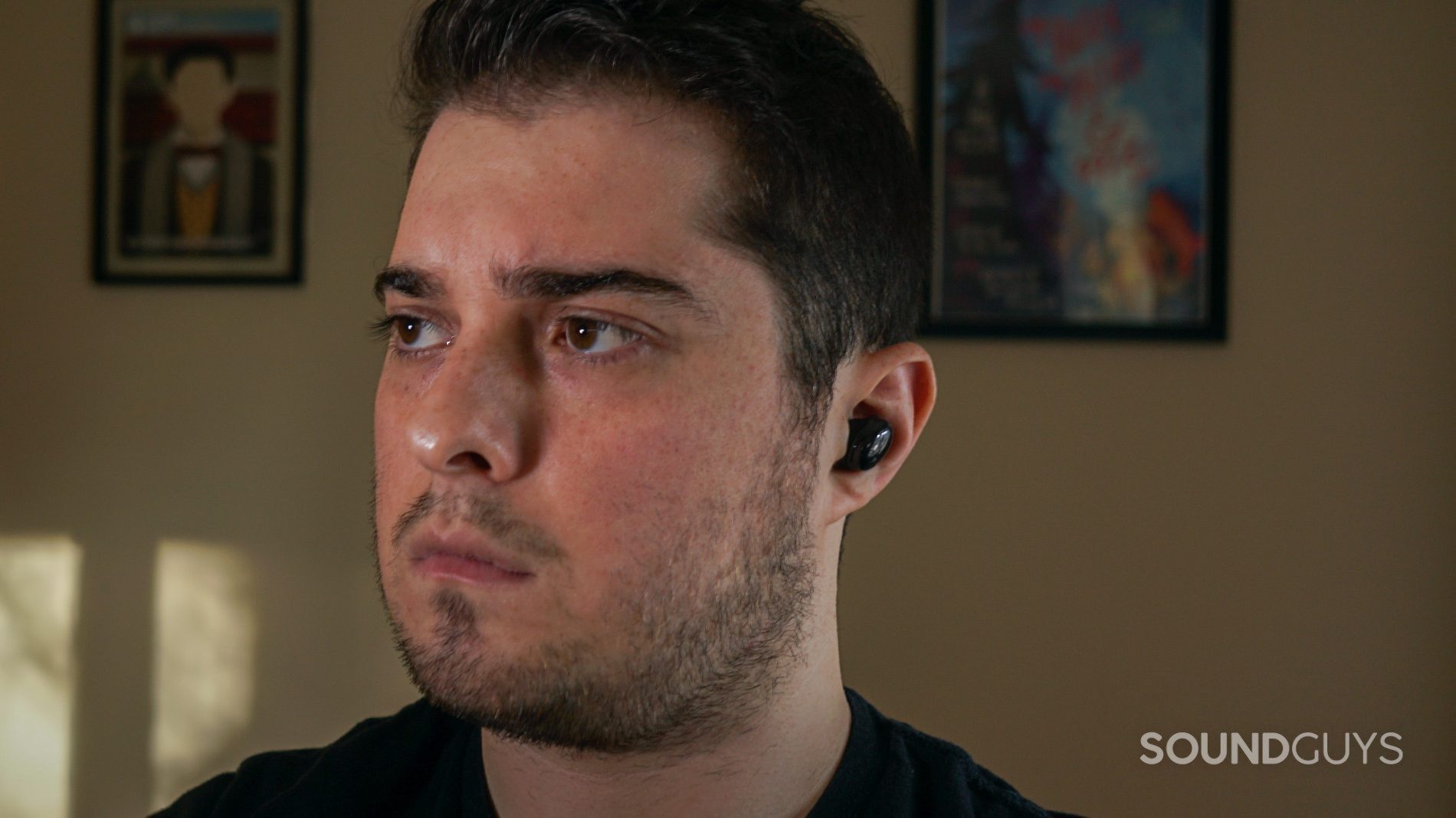
Occasionally, reports about specific earbud models causing ear infections emerge, like with the Samsung Galaxy Buds Pro. Android Central, dozens of users on Reddit, and a Samsung Community thread all report discomfort and ear infections after wearing the Samsung Galaxy Buds Pro, but not when using other Samsung earbuds. One affected user is taking Samsung to court over the matter. Meanwhile, Samsung has been offering refunds and coverage of medical bills.
This unusual accumulation of cases caused by one specific product is typically caused by an allergic reaction to materials used in that product. Nickel and acrylates are common culprits. Many earbud manufacturers warn of potential complications with these materials, including Apple and Samsung. Earbud designs that ensure that nickel doesn’t contact users’ skin are starting to become more prevalent, and it’s a welcome development to the industry.
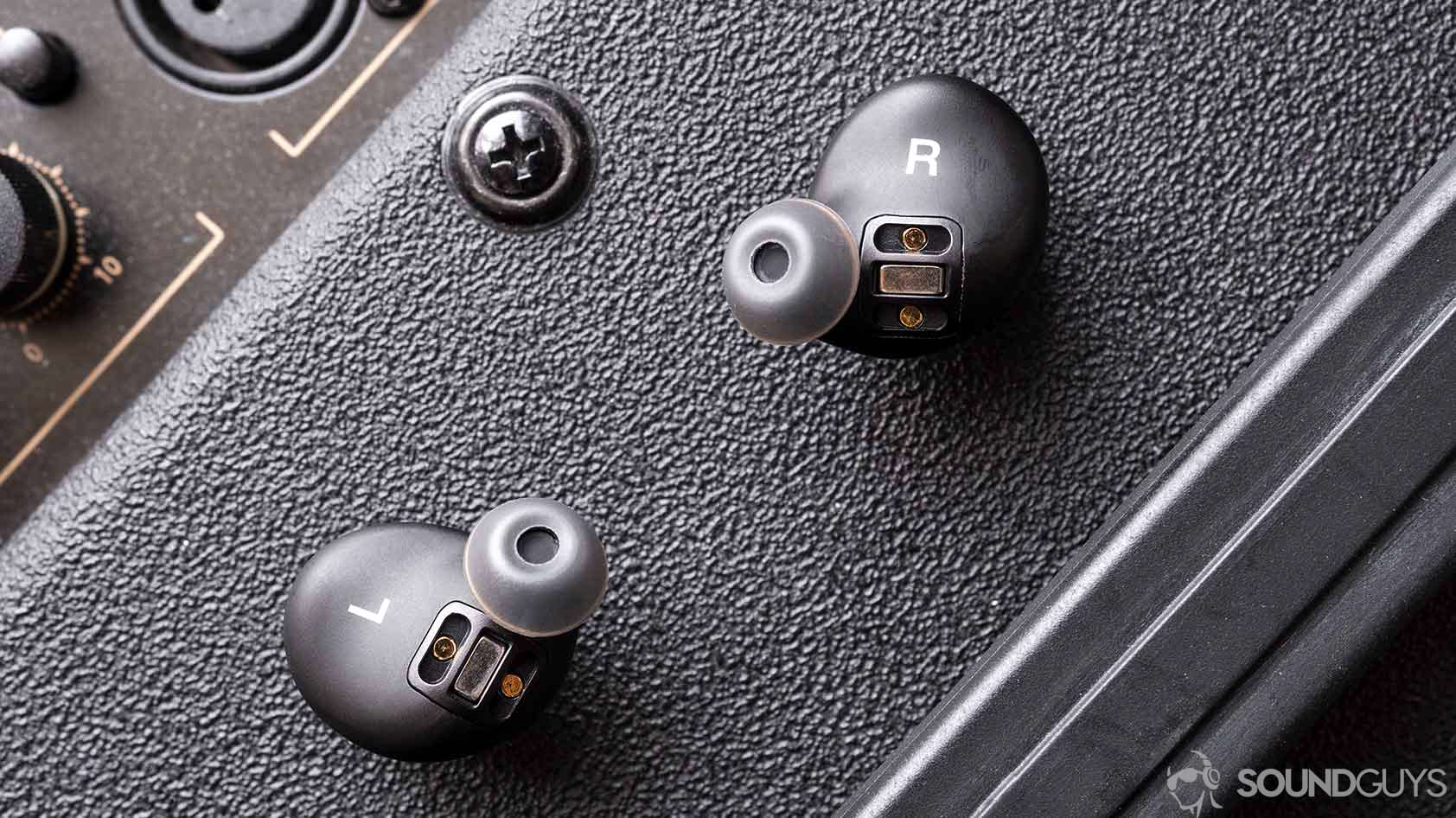
Nickel is a common component of stainless steel. Manufacturers often use stainless steel in charging contacts and the acoustic mesh that covers the tip of each earbud. While headphone manufacturers keep the amount of nickel below strict levels set by international regulations, people allergic to nickel might still develop skin reactions upon contact.
Some people can even react to ear tips, as Ashish C. Bhatia MC, FAAD reports:
Interestingly, I have seen a case of dermatitis associated with the AirPods Pro earbuds. However, (…) the offending portion of the AirPods Pro was the soft removable earpiece.
Silicone ear tips can cause contact dermatitis. Scratching your irritated and itchy skin can lead to an ear infection. A quick solution can be to replace the silicone ear tips with foam ear tips.
Note that allergies can develop in response to continued exposure to a specific allergen. That would explain an increase in ear infections following extended earbud use. Another reminder to listen to your body, take breaks, and switch it up.
All things are poison, and nothing is without poison; the dosage alone makes it so a thing is not a poison. —Paracelsus
Allergic reactions and ear infections aren’t the only complications associated with earbud and headphone use. Other health risks are actually more common and potentially more serious.
Acrylates are commonly found in adhesives and are used to color plastics. Earbuds often contain trace amounts of acrylates and methacrylates which can compromise headphone safety for those with a sensitivity to these materials. The tiniest amount of acrylate buildup is enough to trigger a reaction.
Can headphones or earbuds cause motion sickness?
Many people report dizziness, motion sickness, or vertigo when using headphones. Active noise canceling (ANC) headphones are a common culprit because the lack of external noise can fool your ears and confuse your brain.
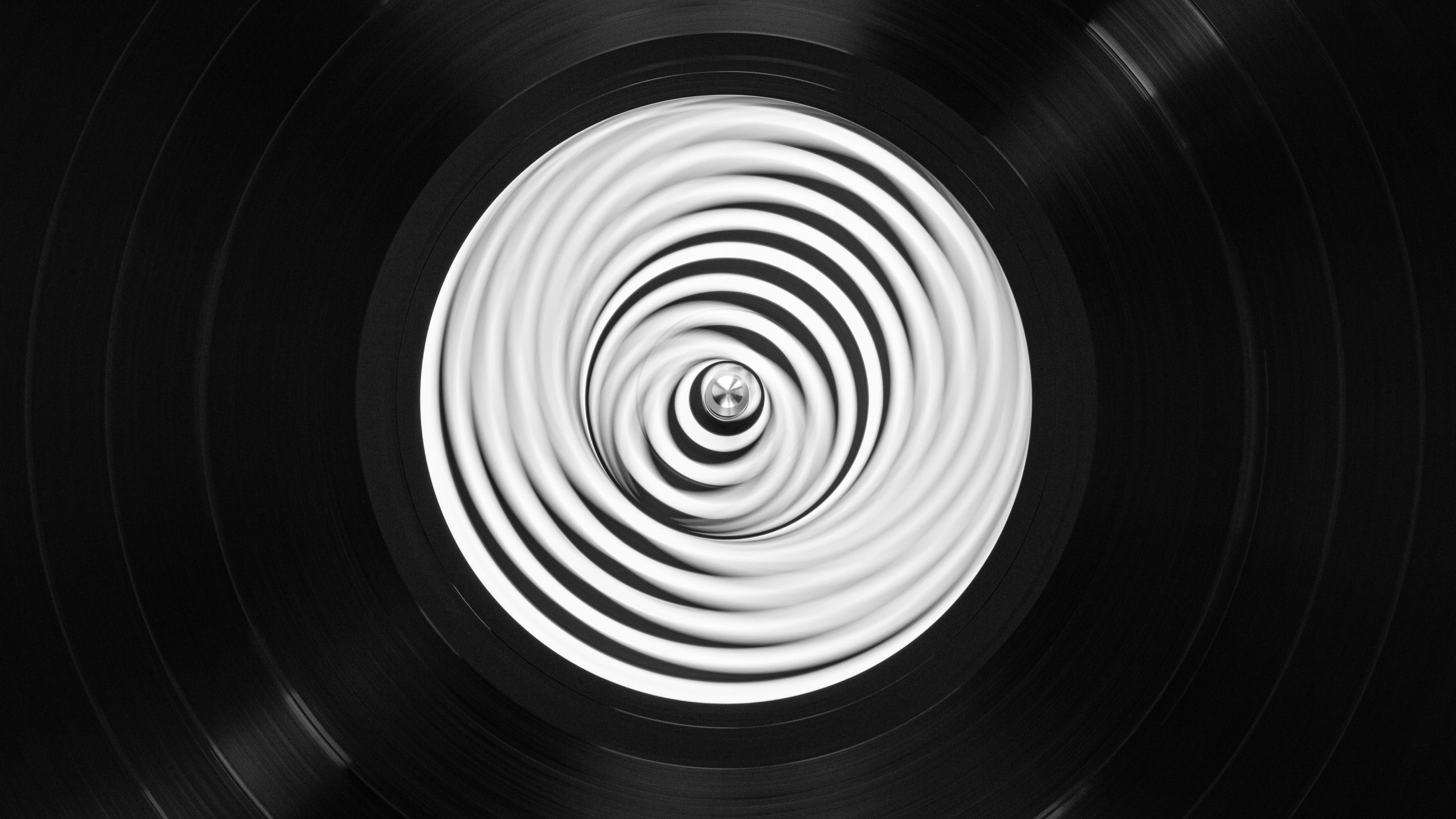
Your ears don’t just facilitate hearing. The inner ear also helps your brain pinpoint your body’s physical orientation in space, which is important for maintaining balance. Removing environmental cues, such as ambient sound, from the equation can throw this fine-tuned system out of whack. If you experience nausea or vertigo while using ANC, try turning the ANC down or off.
People sensitive to physical pressure on their ears can have a similar experience with over-ear or in-ear headphones. Bone conduction headphones or open-back headphones can bring relief. Not using headphones all day long might also reset your tolerance.
Headphone safety: Can headphones or earbuds cause hearing loss?

Headphones and earbuds can cause noise-induced hearing loss (NIHL), but it’s easy to avoid. Volume and exposure time are the two key factors in NIHL. Any noise louder than a vacuum cleaner at 75dB(SPL) can threaten your hearing. While it takes many hours until a noise at 80dB (SPL) becomes troublesome, only a few minutes at 115dB(SPL) can cause irreversible hearing loss.
Most headphones max out at 115dB(SPL). So be sure to keep your volume levels well below 100% or limit your listening time if you have to go over. To stay on the safe side, you could also try volume-limited headphones.
A volume limiter literally limits audio output to a safe listening level, typically 85dB(SPL).
Hearing loss sneaks up on all of us as we age. It usually affects higher frequencies first. Those are non-critical because they don’t affect speech recognition. But when hearing loss starts to show up in the sub-8kHz region, it gets serious. Take a minute and complete a free online hearing test to find out whether you’re affected.
If your test shows signs of hearing loss, even if it’s mild or moderate, you should consult a professional. Don’t turn a deaf ear to them if they recommend hearing aids. Hearing loss is increasingly common among young people, but stigma prevents them from immediately seeking help. Untreated hearing loss can have wide-reaching consequences for your mental health and wellbeing.
Can headphones or earbuds cause tinnitus?

Headphones or earbuds can indirectly cause tinnitus, but if you suspect noise canceling or Bluetooth causes the ringing in the ears, you’d be wrong. Rather, tinnitus is a natural consequence of hearing loss.
We’ve already established that headphones can cause noise-induced hearing loss if used at high volumes for too long. Hence, tinnitus can be an indirect result of damaging noise exposure, something that’s easily “achieved” with headphones and earbuds. One more reason to keep the volume down!
Note that Tinnitus isn’t always caused by hearing loss. And if you do have hearing loss and debilitating ringing in the ears, for whatever reason, hearing aids can help.
What about Bluetooth headphone safety?
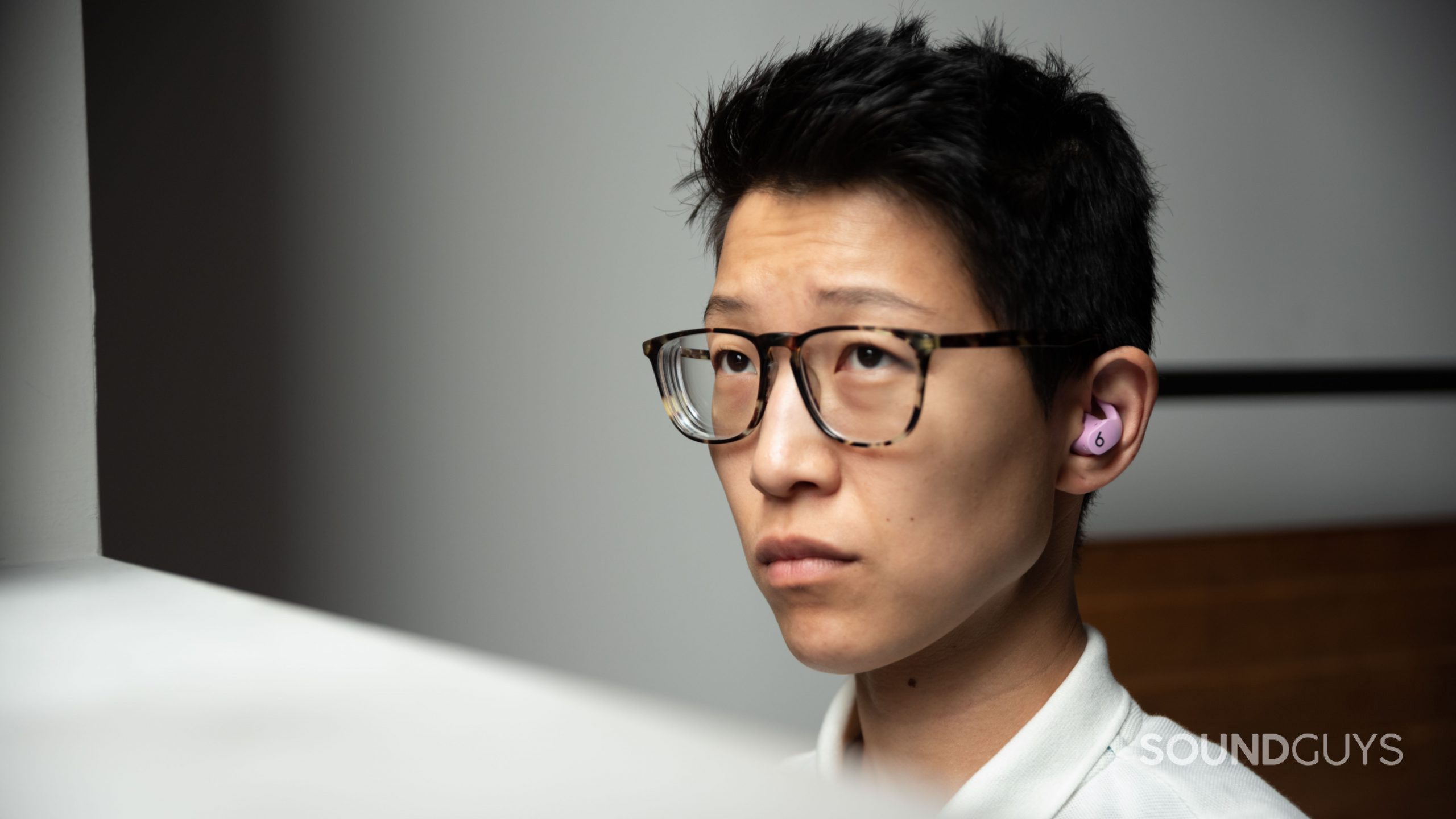
You might have heard that Bluetooth poses a health risk. We’re here to tell you that Bluetooth isn’t dangerous. It doesn’t cause brain damage or cancer as far as current studies show. There’s more, and we discuss it in detail in a dedicated feature that discusses whether Bluetooth is dangerous.
Frequently asked questions about headphone and earbud safety
The best thing you can do to use your headphones safely is to limit the volume to 85dB (SPL) or less, which is approximately 60% of the maximum volume or less. You should also set yourself a time limit. We recommend the 60/60 rule, i.e. listen at 60% volume for 60 minutes, then give your ears a 30 minutes break. Finally, be sure to clean your headphones and earbuds regularly.
Yes, over-ear headphones tend to be safer than in-ear earphones. Over-ear headphones with effective passive noise isolation or active noise canceling are better at blocking out external noise, meaning you can enjoy your audio at lower volumes. Earphones sit directly in your ear canal, which means that, at the same volume, the sound pressure level is higher in earbuds compared to headphones. Loud sounds can lead to noise-induced hearing loss. Technically, the position of earphones in the ear canal also increases your risk for ear infections, though as mentioned above, that’s incredibly rare.
In terms of health consequences, AirPods may be a health risk just like any other set of earbuds or headphones:
- Frequent use of uncleaned AirPods can promote ear infections, which is why you should clean them regularly.
- Materials contained in portions of your AirPods that make skin contact, such as the AirPods Pro’s removable silicone ear tips, can trigger allergies. If you’re allergic to acrylates, plastics, or silicone, consider wearing headphones instead of earbuds or switch out the AirPods Pro’s silicone ear tips for foam ear tips.
- AirPods can damage your hearing if you use them at high volumes for too long. Use the iPhone’s Headphone Safety feature to maintain safe listening levels with your AidPods or any other earbuds or headphones.
Wearing headphones all day can increase your risk for ear infections, hearing loss, and tinnitus. However, if you maintain a safe listening volume of less than 85dB (SPL) and regularly clean your headphones, it’s safe to use them all day. Note that frequent long-term use of hearing aids has been shown to increase the accumulation of ear wax, which would also be true for earphones that sit in the ear canal.